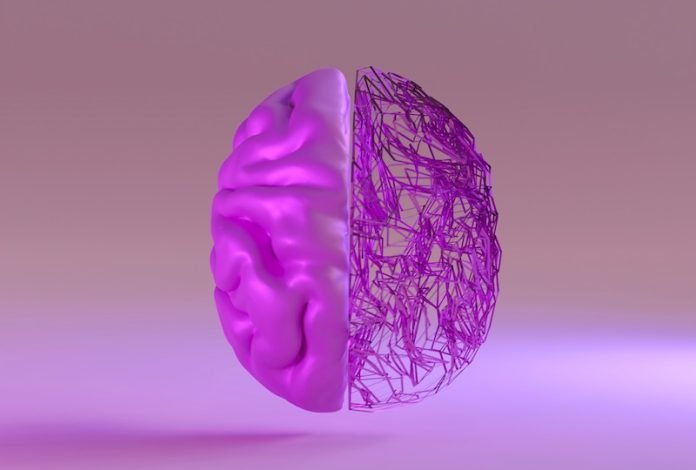
Researchers from the University of Queensland have made a breakthrough discovery in understanding Parkinson’s disease.
They have found that a gene, known as Endophilin A1, which has been linked to an increased risk of Parkinson’s disease, contributes to a build-up of cell debris in the brain.
The study, published in the scientific journal Neuron, suggests that this discovery could change the focus of Parkinson’s disease treatment.
Parkinson’s disease is a neurodegenerative disorder that affects the nervous system, causing a range of symptoms, including tremors, stiffness, and difficulty with movement.
It is caused by the loss of neurons in the brain that produce dopamine, a neurotransmitter that helps to regulate movement.
Dr. Adekunle Bademosi from The Queensland Brain Institute said that their team has found that a mutation in the Endophilin A1 gene blocks the process by which the body and brain recycle cell waste.
The process, known as autophagy, is essential for keeping the brain healthy by clearing out toxic debris and preventing the death of neurons.
The team discovered that when the Endophilin A1 gene is affected by Parkinson’s disease, the protein EndoA becomes insensitive to signals at the synapse, where neurons communicate with each other, and the debris that should be thrown out for recycling builds up instead.
This build-up of debris is a hallmark of Parkinson’s disease and can lead to the death of neurons.
Dr. Bademosi explained that current treatments for Parkinson’s disease tend to focus on clearing out the build-ups and replacing what is lost when too many neurons die.
However, he suggests that it may be time to shift the treatment focus to autophagy as the mechanism underlying these disease hallmarks.
He believes that exploring the use of compounds that induce or inhibit autophagy could pave the way for new, more effective Parkinson’s drugs.
The discovery is an important step forward in understanding the causes of Parkinson’s disease and developing new treatments.
While there is no cure for Parkinson’s disease, this breakthrough could lead to the development of new drugs that target the underlying causes of the disease, rather than just treating the symptoms.
It is hoped that this new understanding of the role of the Endophilin A1 gene in Parkinson’s disease will lead to more targeted treatments and better outcomes for people with the disease.
This research is just one example of the ongoing efforts to find a cure for Parkinson’s disease and other neurodegenerative disorders.
More about Parkinson’s disease
Parkinson’s disease is a chronic and progressive neurological disorder that affects the central nervous system.
It is caused by a loss of dopamine-producing neurons in the brain, which leads to a range of physical and cognitive symptoms.
Dopamine is a neurotransmitter that plays a key role in controlling movement and regulating mood, among other functions.
When the dopamine-producing neurons in the brain are damaged or destroyed, the brain is no longer able to produce enough dopamine, which can result in the symptoms of Parkinson’s disease.
The symptoms of Parkinson’s disease typically develop gradually over time and can vary widely between individuals.
Some of the most common symptoms include tremors or shaking in the hands, arms, legs, jaw, or face; stiffness or rigidity in the limbs and trunk; slowness or lack of movement (bradykinesia); and difficulty with balance and coordination.
Other common symptoms of Parkinson’s disease include a stooped posture, problems with speech and communication, changes in handwriting, and a reduced sense of smell.
Many people with Parkinson’s disease also experience cognitive changes, including difficulty with memory and executive functioning.
Parkinson’s disease is most commonly diagnosed in people over the age of 60, although it can also affect younger people.
While there is currently no cure for Parkinson’s disease, there are a variety of treatments available that can help to manage symptoms and improve quality of life.
Some of the most commonly used treatments for Parkinson’s disease include medications that increase dopamine levels in the brain, such as levodopa, dopamine agonists, and MAO-B inhibitors.
Other treatments may include physical therapy, occupational therapy, speech therapy, and deep brain stimulation (DBS).
If you care about Parkinson’s disease, please read studies about Vitamin E that may help prevent Parkinson’s disease, and Vitamin D could benefit people with Parkinson’s disease.
For more information about brain health, please see recent studies about new way to treat Parkinson’s disease, and results showing COVID-19 may be linked to Parkinson’s disease.
The study was published in Neuron.
Copyright © 2023 Knowridge Science Report. All rights reserved.



